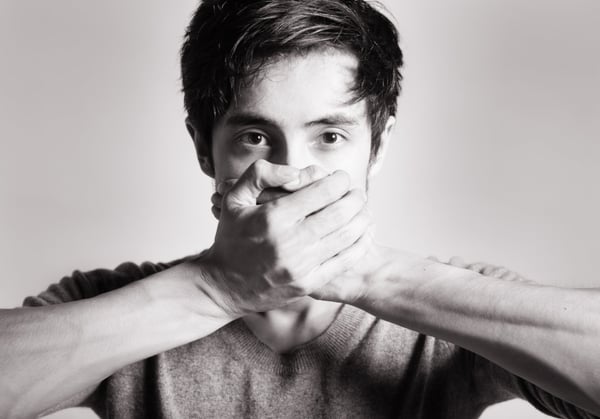
Many people still worry about fear and pain when they go to the dentist. Pain prevention in modern dentistry practice is highly developed. With rare exceptions, going to a dentist can be essentially pain-free.
Fear is a Major Concern
Much of the concern of dentists revolves around the fears of their patients, sometimes even more than the severity of their dental procedures themselves. Often the choice to use general anesthetic is made because of deep fear their patients have of dentists and fear of pain.
Handling of the fear with medication, perhaps using short-acting psychotropic medication to relax you is an important way of simplifying the dental work. The concern of the dentist is to use as little and as un-intrusive a medication as possible.
Sedation dentistry can make dentistry completely fear-free and pain-free. Microscopic dentistry and three-dimensional x-rays speed and improve the precision of diagnosis and treatment.
Sedation
There are seven basic types of sedation and pain prevention employed by dentists.
- Topical anesthetics are used for simple procedures. These anesthetics are applied to the gums with a swab to numb the area where work is being done in your mouth. They work locally. Sometimes a topical anesthetic is used to numb the area where a local anesthetic such as Lidocaine is going to be injected into the gum.
- Oral sedation. Central nervous system relaxants ("tranquilizers") are sometimes administered orally. However, their use is limited because it takes about 30 minutes before their effects are felt and these medications can cause drowsiness which lasts for hours, making functioning outside of the office hazardous.
- Intravenous sedation. When a patient is undergoing extensive dental work, sedation may be injected directly into a vein on the arm or hand. The effect of intravenous sedation is very fast. This kind of sedation has to be very carefully given and the patient has to be constantly monitored throughout the procedure in case extra oxygen is needed. In most cases, after intravenous sedation is administered, the patient remains awake but extremely relaxed. Midazolam (Versed--a newer medication) acts quickly and its effects wear off promptly. The older "tranquilizer" medications like Valium (diazepam) and Ativan (lorazepam) are still used.
- Nitrous oxide ("laughing gas"). Administered through a rubber mask, nitrous oxide can be used as a light general anesthetic in combination with sedative medications. This method may produce minimal or moderate "deep sedation" (safer than surgical general anesthesia).
- General anesthesia. In rare cases, the patient is put to sleep as they would be for a surgical procedure. Few dentists will administer general anesthetics because of the hazards, like blood pressure drops and irregular heartbeat. General anesthesia is only given when extensive dental surgery is called for. It is most often given in a hospital setting, monitored by an anesthesiologist.
- Electronically delivered anesthesia. Transcutaneous electrical nerve stimulation (TENS) or a variant called cranial electrotherapy stimulation (CES) are occasionally used to reduce pain. Low current electrical pulses are transmitted through the body (TENS) at key points or through the cranium (CES). The pulses have carefully controlled frequencies have been observed to reduce pain. The exact reason these electrical stimulation systems works is not clear. The pulses may stimulate the production of endorphins or natural painkillers or simply generate a "tingling feeling" which masks pain sensation.
- Less painful procedures. Lasers have been used in dental procedures since 1994 for treating a number of dental problems. They serve as a cutting tool, as an alternative or an adjunct to dental drills in removing tooth decay and preparing teeth for fillings. Lasers also generate heat to enhance the bleaching effect of tooth bleaching agents. "Soft tissue lasers" are used to reshape gums and remove bacteria during root canal work and to extract tissue samples for biopsy.
Dr. William Linger, DDS, MAGD and his highly trained staff welcome patients of all ages from all over the world to his state-of-the-art Charlotte dentistry practice. Please contact us to learn more.



